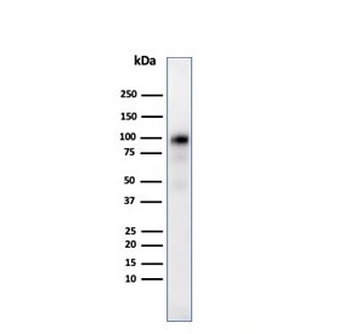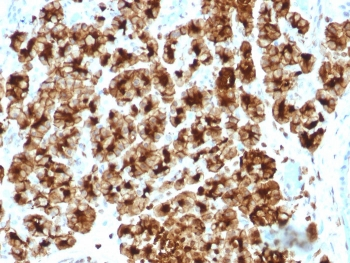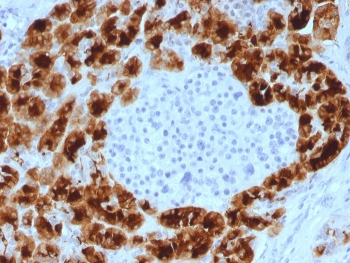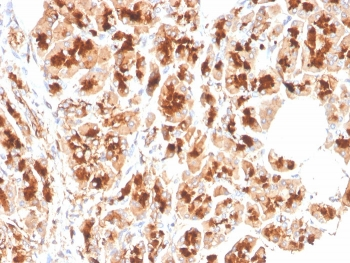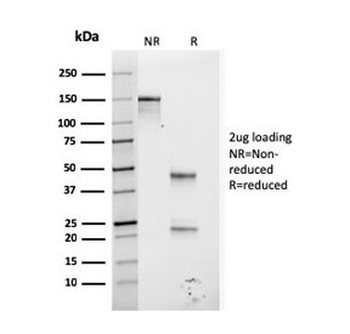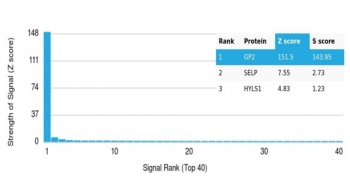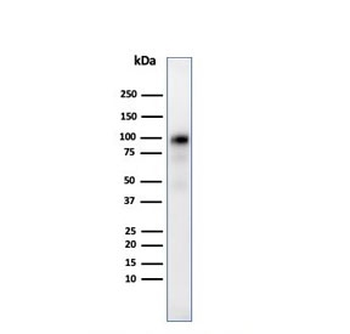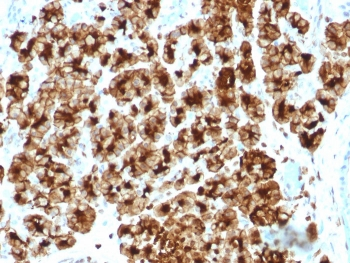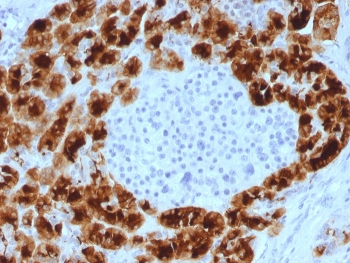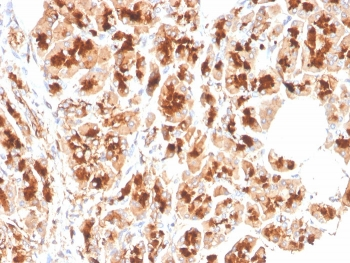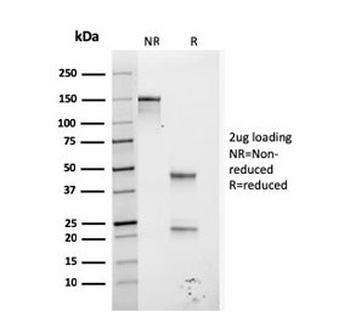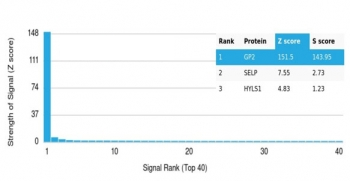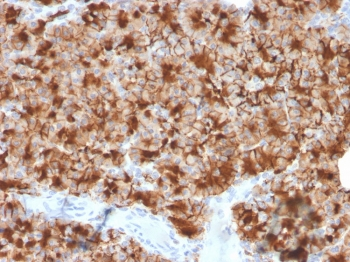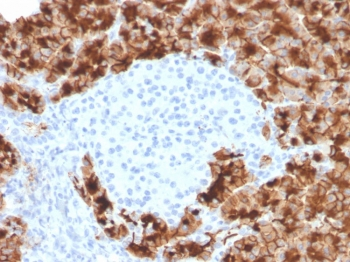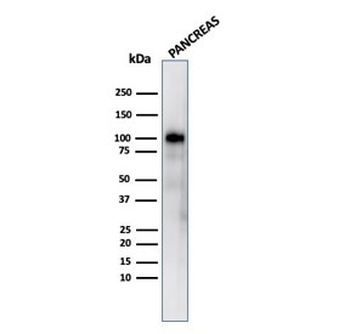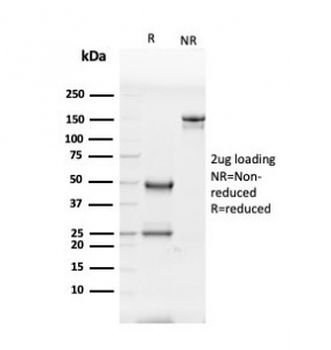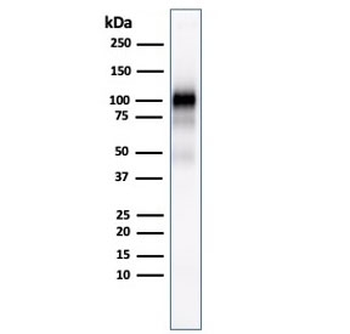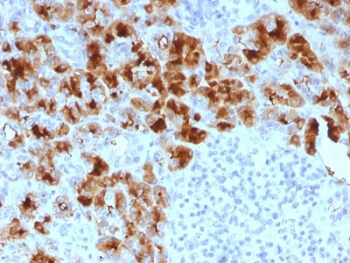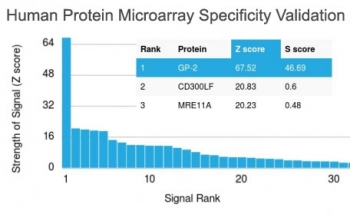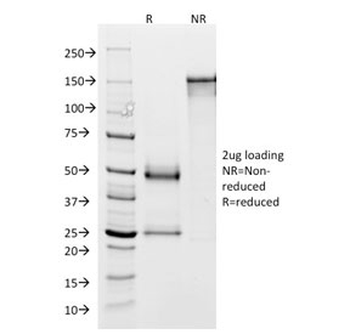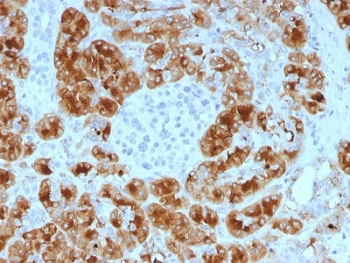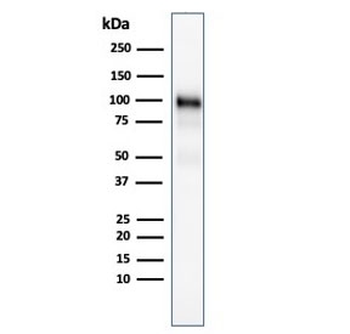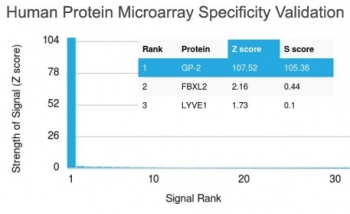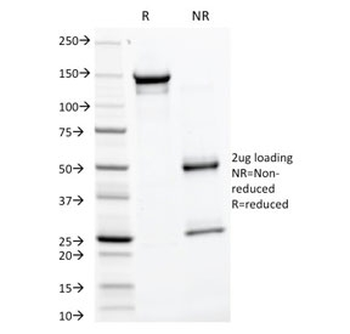You have no items in your shopping cart.
Glycoprotein 2 Antibody / GP2 / ZAP75
Catalog Number: orb1825359
| Catalog Number | orb1825359 |
|---|---|
| Category | Antibodies |
| Description | GP2 (glycoprotein 2), also known as ZAP75, is a 537 amino acid secreted protein. It is an integral membrane protein that is secreted from intracellular zymogen granules and associates with the plasma membrane via glycosylphosphatidylinositol (GPI) linkage. GP2 is cleaved and then released into the pancreatic duct along with exocrine secretions. GP2 binds pathogens such as enterobacteria, thereby playing an important role in the innate immune response. The C-terminus of this protein is related to the C-terminus of the protein encoded by the neighboring gene, uromodulin (UMOD). GP2 is also expressed on the apical plasma membrane of specialized microfold (M) cells among enterocytes and serves as a transcytotic receptor for mucosal antigens. M cells are considered a promising target for oral vaccination against various infectious diseases. |
| Species/Host | Mouse |
| Clonality | Monoclonal |
| Clone Number | GP2/3510 |
| Tested applications | ELISA, IHC-P, WB |
| Reactivity | Human |
| Isotype | Mouse IgG2c, kappa |
| Immunogen | A recombinant fragment of human protein (within amino acids 35-179) was used as the immunogen for the Glycoprotein 2 antibody. |
| Antibody Type | Primary Antibody |
| Dilution range | ELISA: 2-4mg/ml for coating (order BSA-free format),Western blot: 1-2ug/ml,Immunohistochemistry (FFPE): 1-2ug/ml for 30 minutes at RT |
| Conjugation | Unconjugated |
| Formula | 0.2 mg/ml in 1X PBS with 0.1 mg/ml BSA (US sourced), 0.05% sodium azide |
| Hazard Information | This Glycoprotein 2 antibody is available for research use only. |
| UniProt ID | P55259 |
| Storage | Aliquot the Glycoprotein 2 antibody and store frozen at -20°C or colder. Avoid repeated freeze-thaw cycles. |
| Note | For research use only |
| Expiration Date | 12 months from date of receipt. |
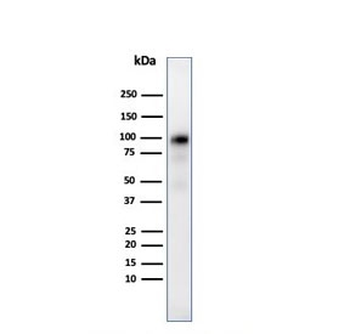
Western blot testing of human pancreas tissue lysate with Glycoprotein 2 antibody (clone GP2/3510). Predicted molecular weight ~59 kDa but may be observed at higher molecular weights due to glycosylation.
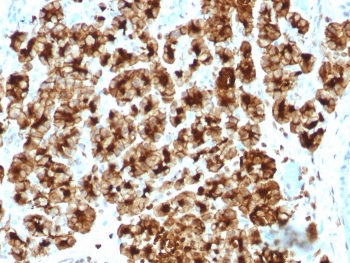
IHC staining of FFPE human pancreas tissue with Glycoprotein 2 antibody (clone GP2/3510). HIER: boil tissue sections in pH9 10 mM Tris with 1 mM EDTA for 20 min and allow to cool before testing.
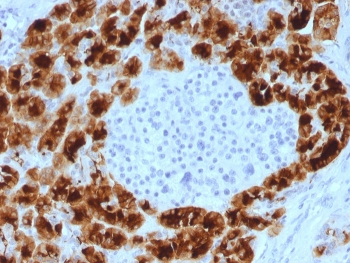
IHC staining of FFPE human pancreas tissue with Glycoprotein 2 antibody (clone GP2/3510). HIER: boil tissue sections in pH9 10 mM Tris with 1 mM EDTA for 20 min and allow to cool before testing.
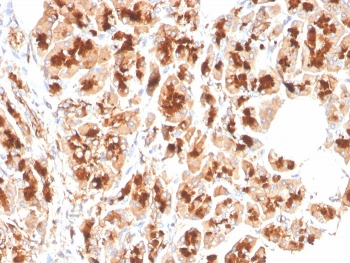
IHC staining of FFPE human pancreas tissue with Glycoprotein 2 antibody (clone GP2/3510). HIER: boil tissue sections in pH9 10 mM Tris with 1 mM EDTA for 20 min and allow to cool before testing.

SDS-PAGE analysis of purified, BSA-free Glycoprotein 2 antibody (clone GP2/3510) as confirmation of integrity and purity.
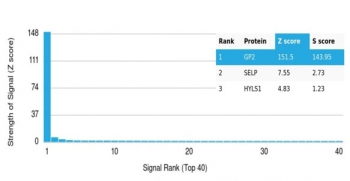
Analysis of a HuProt (TM) microarray containing more than 19000 full-length human proteins using Glycoprotein 2 antibody (clone GP2/3510) Z- and S- Score: The Z-score represents the strength of a signal that a monoclonal antibody (in combination with a fluorescently-tagged anti-IgG secondary antibody) produces when binding to a particular protein on the HuProt (TM) array. Z-scores are described in units of standard deviations (SD's) above the mean value of all signals generated on that array. If targets on HuProt (TM) are arranged in descending order of the Z-score, the S-score is the difference (also in units of SD's) between the Z-score. S-score therefore represents the relative target specificity of a mAb to its intended target. A mAb is considered to specific to its intended target, if the mAb has an S-score of at least 2.5. For example, if a mAb binds to protein X with a Z-score of 43 and to protein Y with a Z-score of 14, then the S-score for the binding of that mAb to protein X is equal to 29.
Glycoprotein 2 Antibody / GP2 / ZAP75 [orb1825358]
ELISA, IHC-P, WB
Human
Mouse
Monoclonal
Unconjugated
100 μgGlycoprotein 2 Antibody / GP2 / ZAP75 [orb1825360]
ELISA, IHC-P, WB
Human
Mouse
Monoclonal
Unconjugated
100 μgGlycoprotein 2 Antibody / GP2 / ZAP75 [orb606608]
ELISA, IHC-P, WB
Human
Mouse
Monoclonal
Unconjugated
20 μgGlycoprotein 2 Antibody / GP2 / ZAP75 [orb606609]
ELISA, IHC-P, WB
Human
Mouse
Monoclonal
Unconjugated
20 μg


